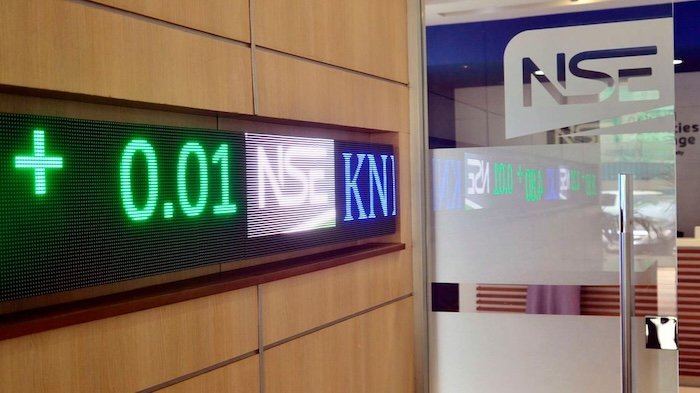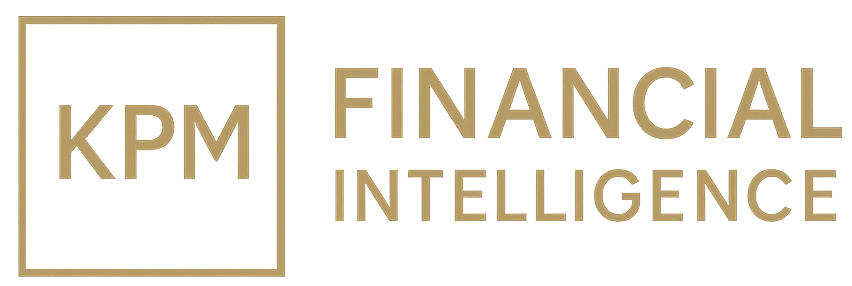Nairobi Bets on Banks Can a New Index Turn Frontier Hype Into Global Flows
NSE launches Banking Sector Index tracking lenders like EQTY (P/B 0.9x, ROE 23%) & KCB (0.8x, ROE 19%). Kenyan banks now benchmarked for ETFs & global flows. Sector trades at 0.6–0.9x P/B vs Nigeria 0.4x, South Africa 1.3x; NPLs still ~14%.

The Nairobi Securities Exchange has taken a step that may prove transformative for frontier equity markets with the launch of its Banking Sector Index, effective October 1, 2025. The index, which is float-adjusted and market-cap weighted, aggregates the performance of all listed Kenyan banks, creating a dedicated benchmark for a sector that accounts for the bulk of liquidity and earnings growth on the exchange.
Constituents include Equity Group (NSE:EQTY, KSh 218.9bn), KCB Group (NSE:KCB, KSh 182.4bn), Co-operative Bank (NSE:COOP, KSh 125.6bn), Absa Bank Kenya (NSE:ABSA, KSh 116.8bn), NCBA (NSE:NCBA, KSh 113.7bn), Standard Chartered Kenya (NSE:SCBK, KSh 107.3bn), Stanbic Holdings (NSE:SBIC, KSh 72.8bn), I&M Holdings (NSE:IMH, KSh 71.1bn), BK Group (NSE:BKG, KSh 35.7bn), DTB Kenya (NSE:DTK, KSh 29.2bn) and HF Group (NSE:HFCK, KSh 20.1bn). Collectively, these institutions represent over 60% of NSE’s total market capitalization, and their profits and dividends are the backbone of the bourse.
The move comes against a backdrop of strong equity market performance. Year-to-date through September 30, 2025, the NASI is up 43.1%, the NSE 20 Index 47.8%, and the NSE 25 Index 35.9%, gains largely powered by banks reporting double-digit profit growth. In H1 2025, Equity Bank posted ROE of 23% with net profit above KSh 30bn, while KCB recorded ROE of 19% and profit of KSh 27bn. Sector-wide, net interest income expanded on strong loan growth and fee income from mobile platforms such as M-Pesa, while capital buffers remained above regulatory floors.
For global investors, the creation of a sector index does more than sharpen analytics; it opens the door for product innovation. A transparent, rules-based benchmark makes possible sector-focused ETFs, structured products, and index-tracking strategies tied directly to Kenyan banks. If data providers such as Bloomberg and FTSE adopt the index into frontier sector baskets, it could attract new flows from institutional mandates that require benchmarked exposure. Analysts estimate that sector ETFs in Africa have historically boosted daily liquidity by 15–25% in their constituents, a potential lifeline for Kenya’s illiquid market.
Comparative valuation provides context. Kenyan banks trade at 0.6x–0.9x book, a premium to Nigerian banks (0.3x–0.5x) but below South African majors at 1.2x–1.5x. On profitability, Kenyan lenders deliver ROE above 18%, better than Egypt’s average of 14% and on par with Nigeria’s top-tier players. This positions Kenyan banks as a “frontier middle ground” — stronger balance sheets than West Africa, cheaper valuations than South Africa — with regional expansion stories in Rwanda, Uganda, and the DRC adding growth optionality.
Currency remains the risk variable. The Kenyan shilling has depreciated at an average pace of 12–15% annually over the past three years, often eroding equity gains for foreign investors. The Banking Index will therefore be watched not only as a measure of profitability and credit quality, but as a proxy for the system’s resilience to FX volatility. Global allocators who benchmark EM and frontier exposure will calibrate positions in part on whether Kenyan banks can sustain high ROE in hard-currency terms.
Still, the launch itself is a milestone. Sector-specific indices are hallmarks of more advanced markets. For the NSE, this is not just about tracking performance; it is about signaling market maturity, attracting capital, and providing the infrastructure for derivative overlays, ETF launches, and global comparability. If adoption takes hold, the NSE Banking Index could become East Africa’s reference point for financial sector exposure, comparable to the JSE Banks Index in South Africa or Egypt’s EGX30 financials sub-basket.
The risks are clear — high non-performing loans remain a drag, with the sector’s NPL ratio at 14%, efficiency ratios are elevated, and concentration in two dominant banks (Equity and KCB) means index performance will be top-heavy. Yet for global investors, the upside is equally clear. The new index creates a more transparent way to allocate to East African banks, reduces barriers to entry for passive flows, and may reprice Kenyan financials relative to their African peers. It is, in effect, a test of whether Nairobi can graduate from being a thinly traded frontier market to a more investable regional hub.





